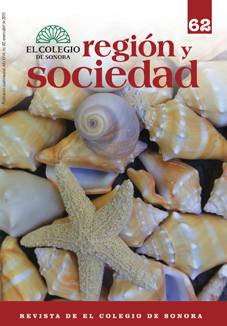 |
 |
 |
 |
 |
 |
 |
 |
 |
 |
 |
 |
Abstract
Factors associated with performance in Mexican water utilities are investigated by analyzing the correlation structure of the most important indicators for a sample of 106 water utilities. A classification of these utilities using clustering on principal components identifies patterns of efficiency related to contextual variables. Results indicate that non-revenue water is higher in utilities with a high number of staff per thousand connections. Non-revenue water is also correlated to low production costs and high precipitation rates. Larger and more developed cities have better access to water and sewage services; however, high population growth rates seem to be associated with lower coverage ratios. Collection ratio and average revenue per cubic meter are greater in localities with higher metering level, and these utilities also have a larger operating revenue-cost ratio.

This work is licensed under a Creative Commons Attribution-NonCommercial 4.0 International License.
Copyright (c) 2017 Alejandro Salazar Adams, América N. Lutz Ley






